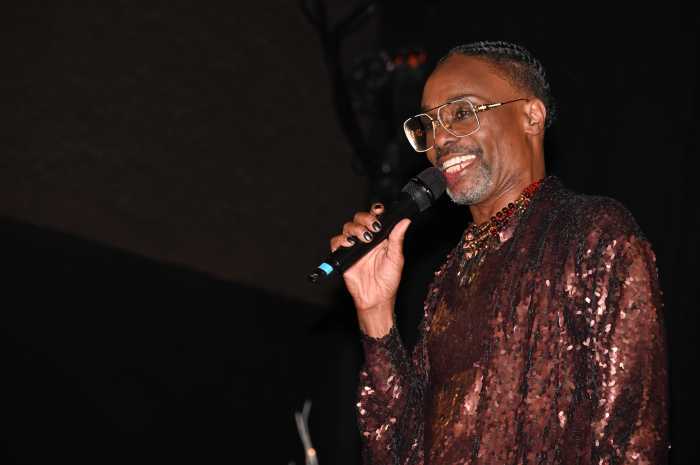It’s a busy time for 79-year-old director, actor and film scholar Peter Bogdanovich.
Downtown, a 14 picture retrospective of his work starts this Friday at Quad Cinema. It dovetails with the premiere of his “The Great Buster,” a documentary about silent film legend Buster Keaton. (A Keaton retrospective runs as well.)
Uptown, at the New York Film Festival (and starting Nov. 2 on Netflix), Bogdanovich co-stars in Orson Welles’ “lost”, avant-garde project “The Other Side of the Wind” that Bogdanovich has been trying to complete for more than 40 years.
You and New York repertory theaters go back a long way, working at the old New Yorker Theater and as a programmer at the Museum of Modern Art.
I’ve always liked the repertory theaters in New York. The theatrical experience – to see a movie with an audience – it’s irreplaceable.
Have you been to the “new” Quad Cinema yet?
I was there last year with [real estate billionaire and head of Cohen Film Group] Charles Cohen. He’s a terrific guy who wanted to have a theater in New York, remodeled the Quad and asked me to do the Buster Keaton picture.
What’s something people may learn about Buster Keaton from your film?
He was an extraordinary director as well as a comedian. He knew where to put the camera, he knew how to cut, how to set up a joke. A great director.
Is it true that half the crew walked off the set of “Steamboat Bill, Jr.” for the house-falling gag?
Yes. If he moved a little bit to the side, yeah, he could have gotten killed.
Your film “What’s Up, Doc?” has some pretty great visual gags in it.
The pane of glass sequence took us four days to shoot, it was very elaborate.
For this retrospective, are there certain titles you are excited to bring out of the vault?
I am like a good father who loves all his children equally. People like the pictures, especially “Paper Moon,” “The Last Picture Show” and “What’s Up, Doc?”
How accurate is “The Other Side of the Wind” in depicting a Hollywood party in the early 1970s?
I think it was pretty good! Pretty accurate. A very interesting vision.
It begins with your voice-over, expressing some misgivings of how you are seen in the movie. Is that the character or is that really you?
The script began “O.W., V.O.,” meaning Orson’s voice-over. And Orson didn’t record that. Frank Marshall said “how about you do it?” I couldn’t do it as Peter Bogdanovich but I could do it as [character] “Brooks Otterlake.” I basically read what Orson wrote but I added a new paragraph. Otterlake probably didn’t like the way he came off in the film, because he doesn’t give the John Huston character the money he asks for.
Did you ever lose hope this project would get finished?
Orson asked me to promise him that I’d finish the picture. I made the promise, I always thought it would happen. Thanks to Frank Marshall and also Netflix.
Some filmmakers have mixed feelings about Netflix. Your thoughts?
I don’t go to movies too much. I’m not interested in cartoon movies and superhero movies. It’s expensive. More if you want to buy popcorn. A lot of people are staying away from it. Netflix is popular because that’s what people like, staying home. The moviegoing experience has changed, but it still needs to be cherished. I always do better with an audience. My dear ex-wife said I should get a U-Haul so I can carry around an audience with me wherever I go.
Whenever I see you in an interview you always call movies “pictures” and when you say it, it sounds great. When I say it I sound like an idiot. What’s the deal?
Orson liked “picture.” He liked it better than “film.” All the old picture makers called them pictures. The original name was motion pictures. I certainly don’t call them movies.





































